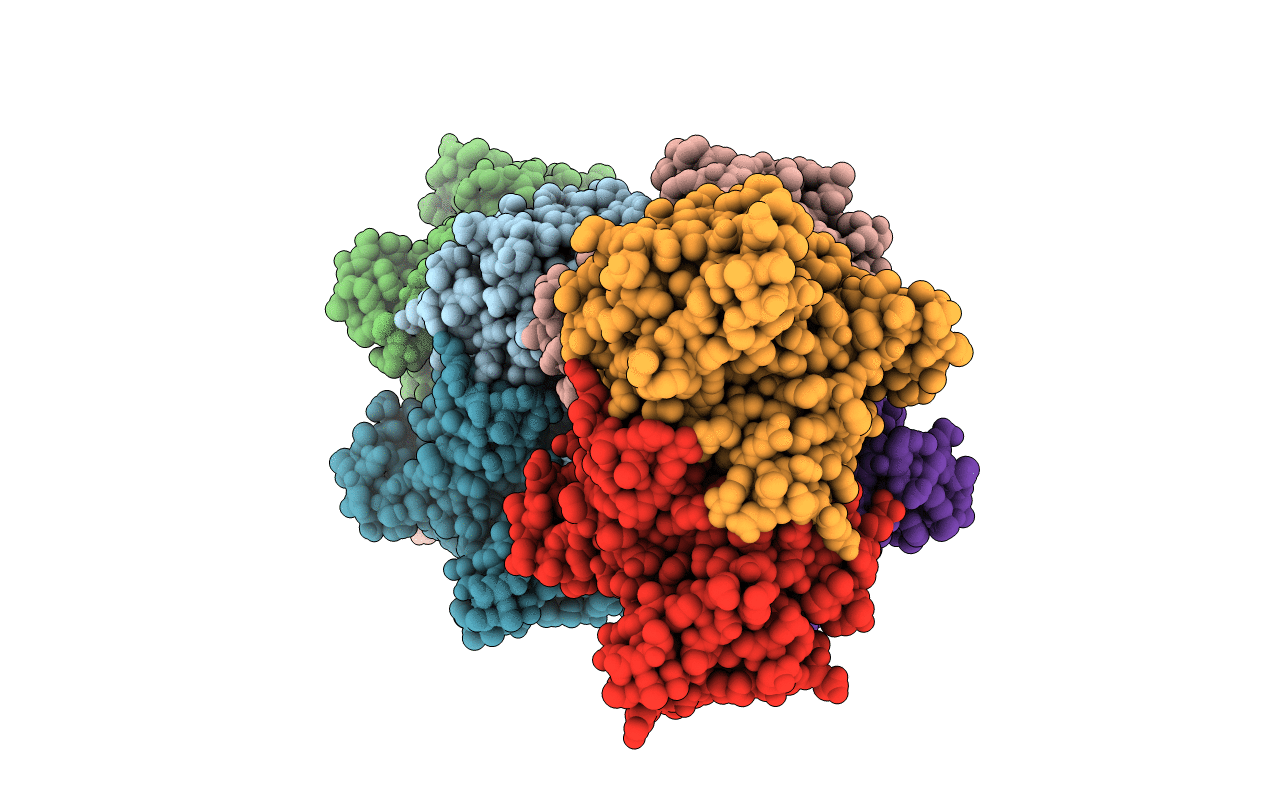
Deposition Date
2005-05-10
Release Date
2006-04-25
Last Version Date
2023-08-23
Entry Detail
PDB ID:
1ZMO
Keywords:
Title:
Apo structure of haloalcohol dehalogenase HheA of Arthrobacter sp. AD2
Biological Source:
Source Organism:
Arthrobacter sp. AD2 (Taxon ID: 168809)
Host Organism:
Method Details:
Experimental Method:
Resolution:
2.00 Å
R-Value Free:
0.27
R-Value Work:
0.21
R-Value Observed:
0.21
Space Group:
P 1


